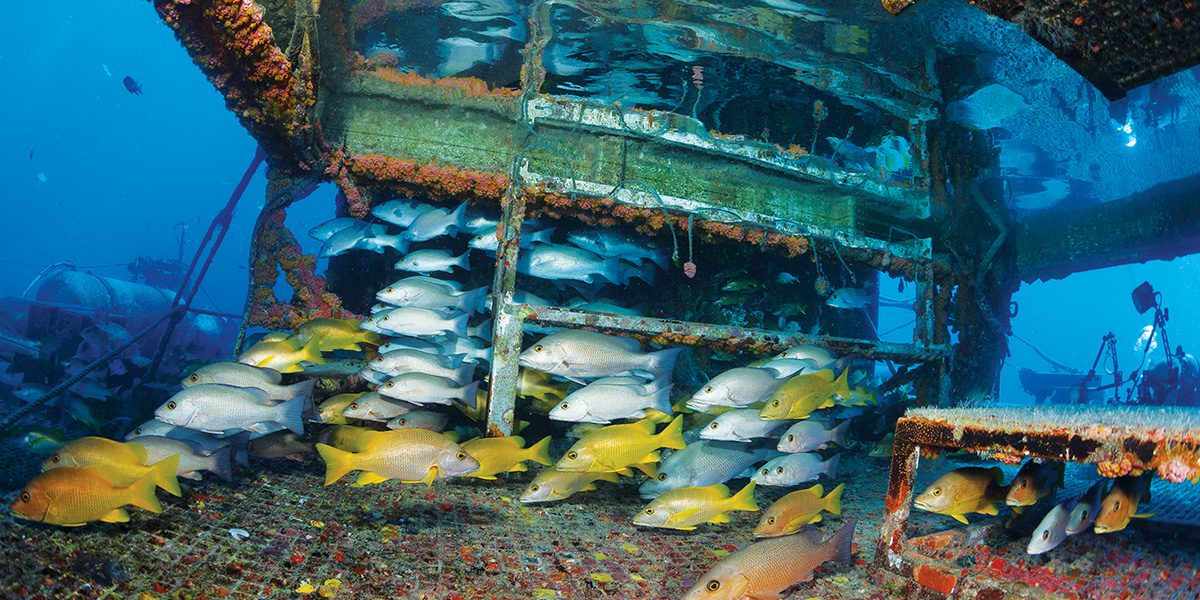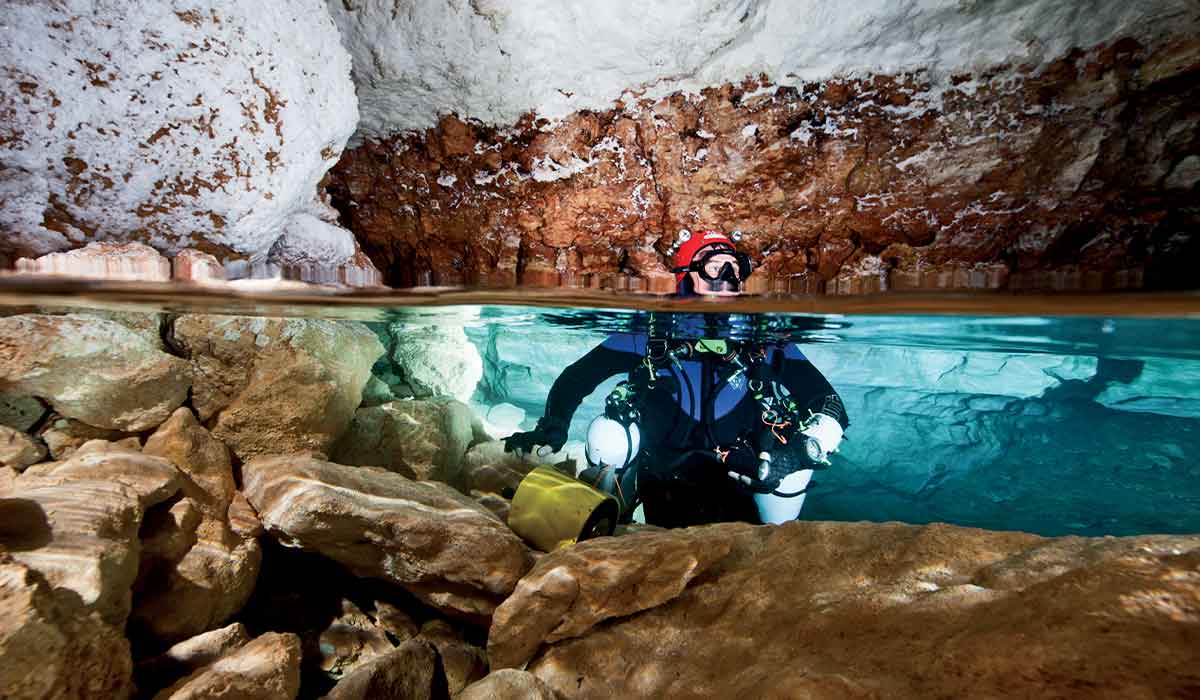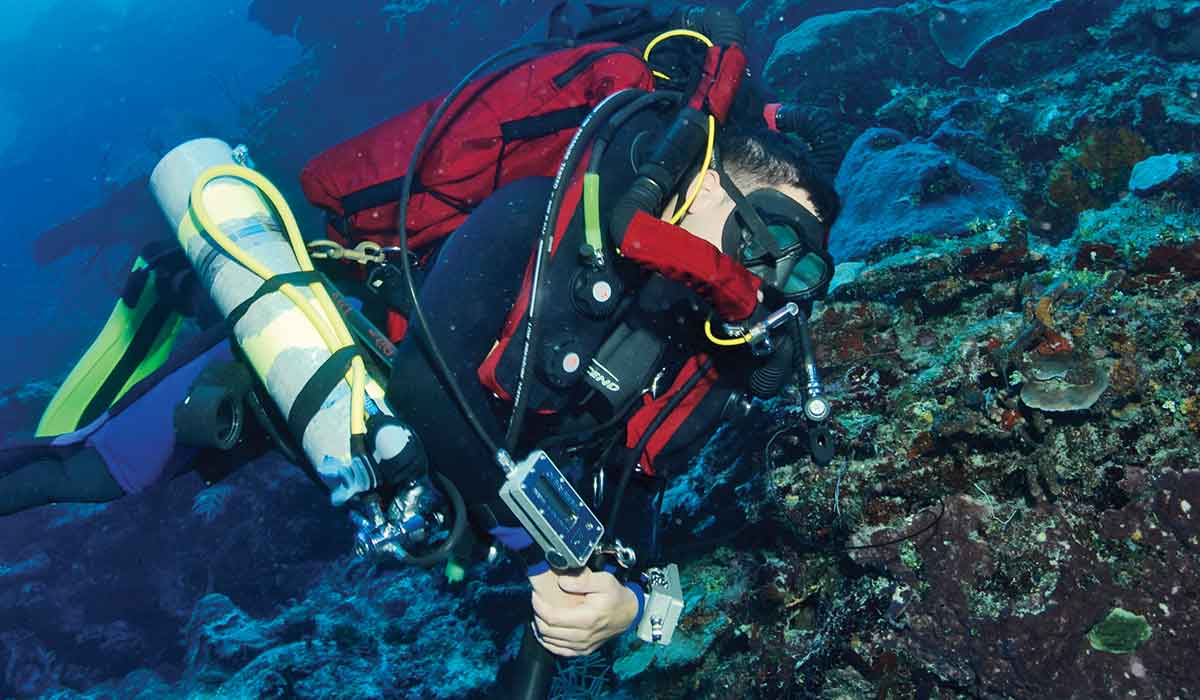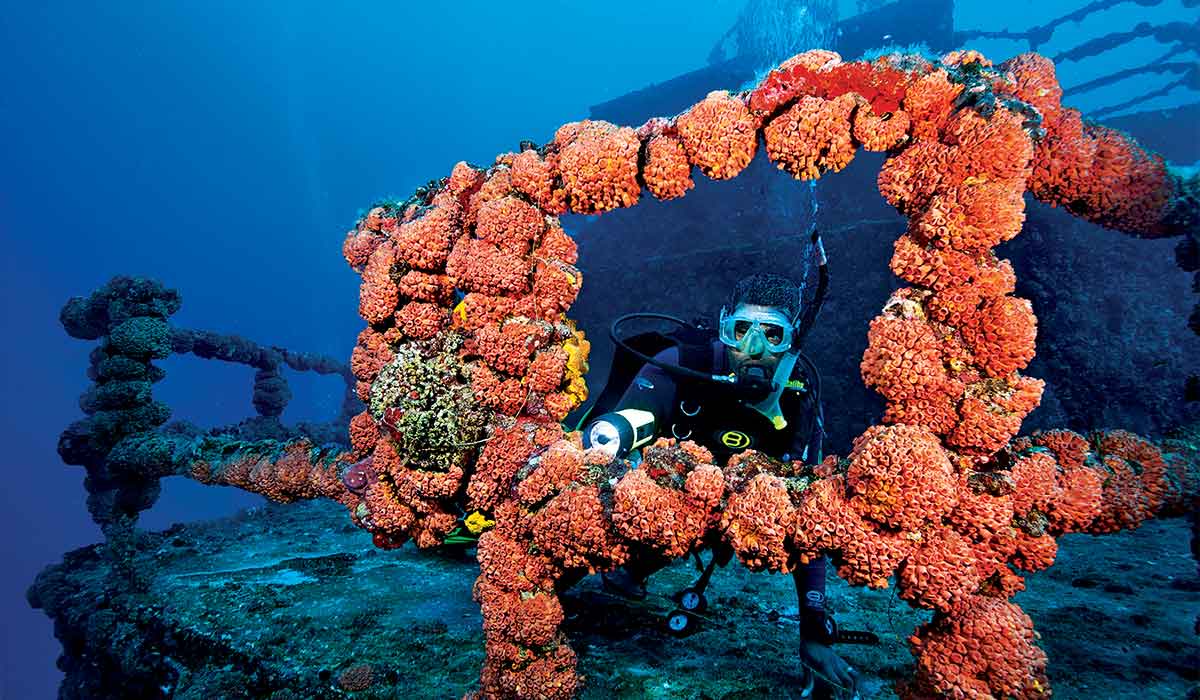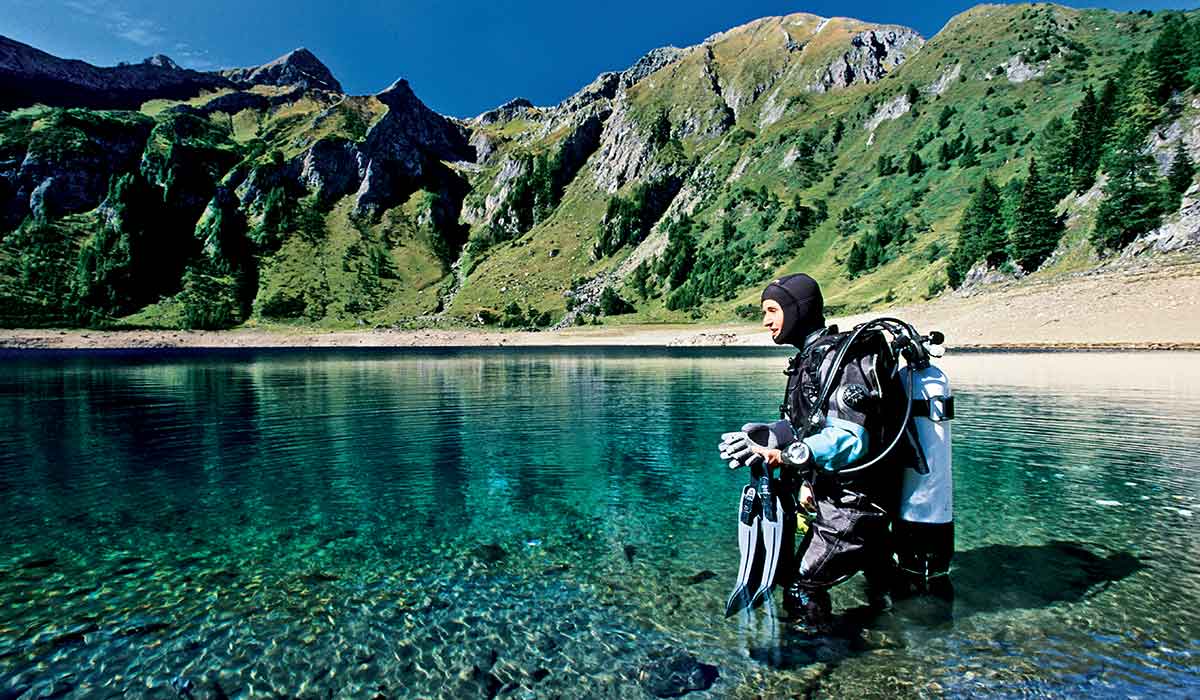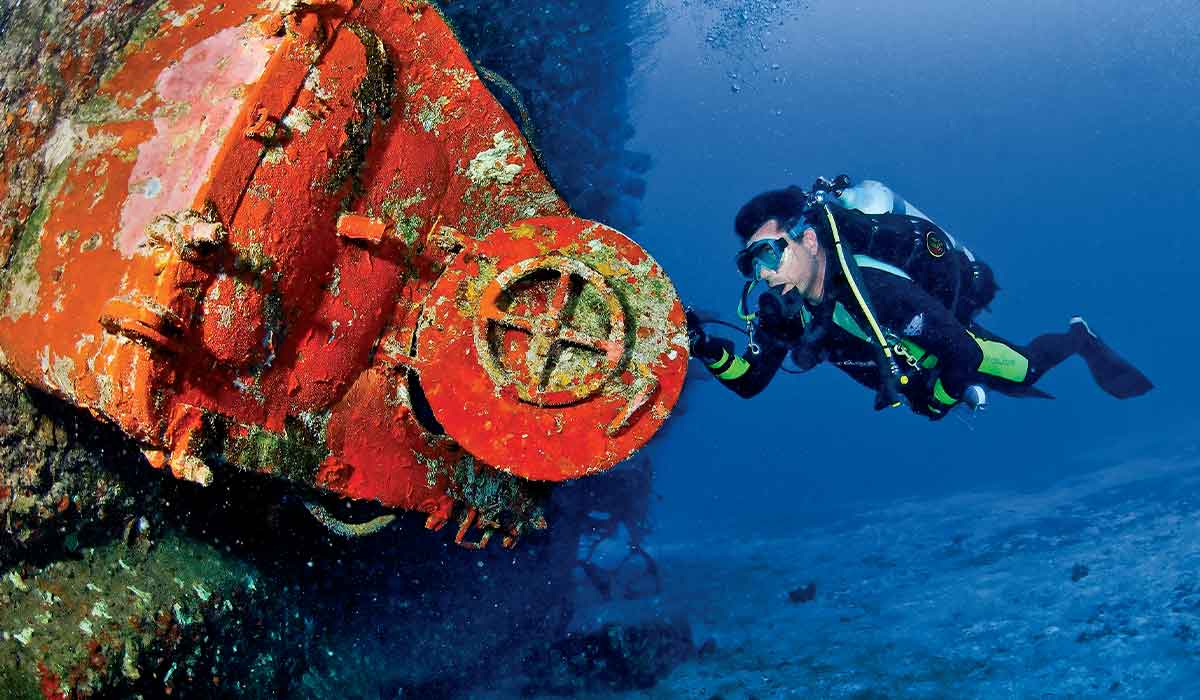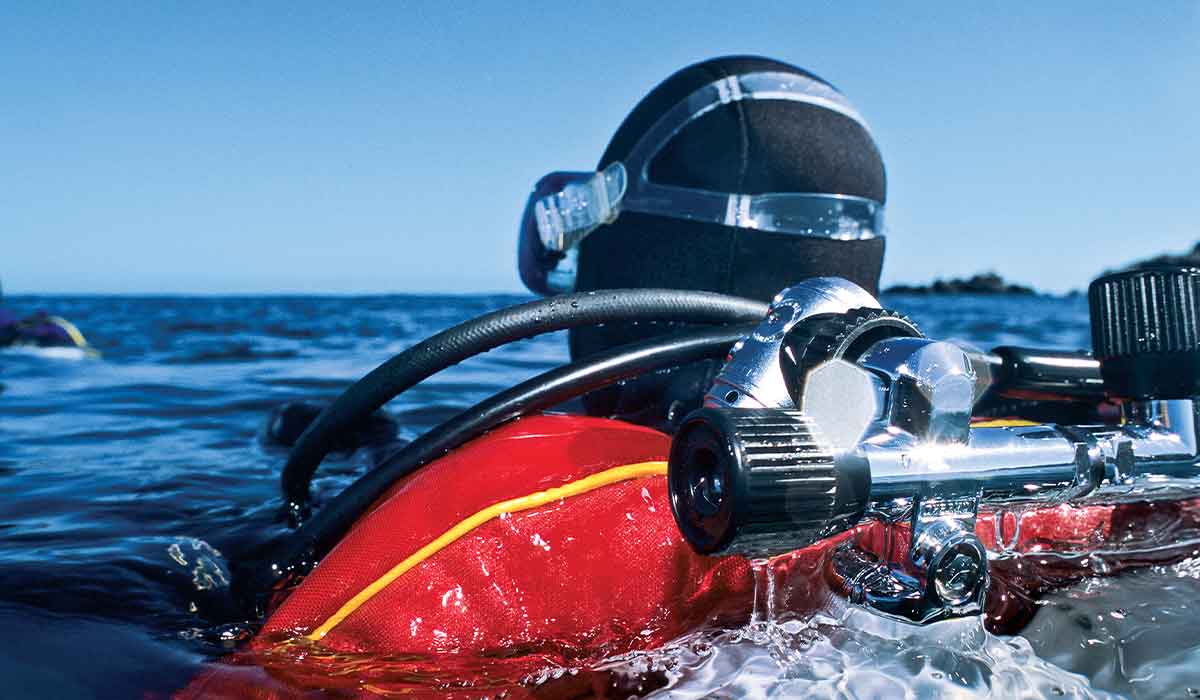My phone’s alarm filled the air, but I was already awake. It was the day I had eagerly anticipated since first learning about the Florida International University (FIU) Introduction to Saturation Diving: Aquarius Operations and Benefits to Science course — the emergency simulation.
It may be time for you to try freediving. Test your limits and push your abilities by picking up freediving. Learn about the safety, gear and more needed to be successful in the sport.
Cave diving is exhilarating, but not suitable for all divers. You’re able to explore often overlooked places and see new-to-you critters and environments. Learn more about cave diving, current safety precautions and how to get started.
Closed-circuit rebreathers provide a different way to dive — where the rebreather’s primary jobs are to remove carbon dioxide and replenish oxygen. Read more about closed-circuit rebreathers.
Deep diving can be hazardous, but the risks can be mitigated through training and the proper use of procedures, planning and equipment. When you plan a deep dive, ask yourself what “deep” means.
Diving at night is a memorable experience because many nocturnal creatures come out to mate and feed. It requires a bit more equipment and training, but you can easily make your night dives as enjoyable as those in the daylight.
High altitude is linked to decompression sickness — why divers should not fly immediately after diving. But what about diving at altitude? Read more about altitude and decompression sickness.
Shipwrecks are like time capsules of maritime history. Divers of all abilities can appreciate shipwrecks. Gain some great tips and ideas on how to safely dive shipwrecks.
More-experienced divers prefer the backplate buoyancy system because of its rock-solid stability and simple harness system. Read more about backplate buoyancy systems.
Sidemount gear configuration creates a lower profile in the water enabling people to explore new environments easier. Sidemount is no longer considered something exclusive to tech divers and is moving into the recreational dive space.
